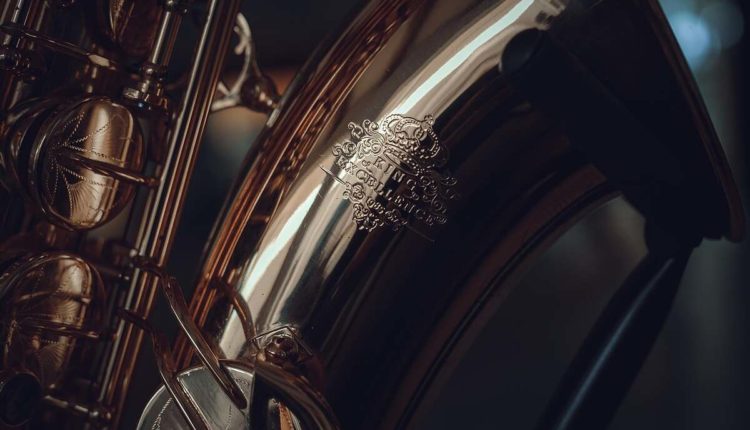The greatest rappers know how to adapt their rhymes to the beat, known as flow. Discover the best info about rap beats.
They choose an element in the beat, such as a kick drum or snare hit, and attach their words to that, making it easier to stay on beat.
Practice playing a beat and counting bars until you find the rhythm, then mumble or say essential words over it.
1. Listen to Your Favorite Rappers
Rappers have their distinct styles. To understand them and what they do best, find one you admire and study their flow – it will give you a better sense of their work and how it fits within a rhythmic beat.
If you enjoy Drake, notice how he sometimes pauses his lines to allow the beat to play before continuing his flow. This allows him to build intensity within each verse while creating an impressive musical effect.
Or look at how Juice Wrld extends his words on “734”, giving it a soulful sound and showing that even with modern high-tempo trap beats, you can achieve a smooth flow.
2. Listen to a Lot of Music
Rappers depend on beats for creating flows. Listening to your favorite rapper’s beats and noting how they pronounce words on certain bars will allow you to learn their style while developing new rhythmic arrangements.
Listening to lots of rap music will familiarize you with different forms of hip-hop, including New York-style “boom-bap” hip-hop, West Coast gangsta rap, and Dirty South chopped-and-screwed rap.
Other aspects of rap music that involve phrasing and accent include declamatory pitch, the extension of natural speech patterns, and vocal emphasis. Some rappers deliberately increase the individual words or syllables’ pitch for dramatic effect- psalmody (Ladd 1996). Example 14 shows Queen Latifah’s “Princess of the Posse,” with suspect vocal-pitch accents highlighted in red.
3. Listen to a lot of Rap Beats
Establishing a flow that works well across different beats is vital for rappers looking to produce their beats, as the perfect beats for rapping consist of basic musical structures without distracting elements that might interfere with an MC delivering their lines.
Listening to a beat requires counting bars and being aware of any musical elements that contribute to its overall sound, such as drums, bass, or anything else that may play a part. Connect specific words or phrases from that beat to certain main elements, making them easier to remember and hit more accurately when rapping.
Once you have memorized your rhymes over the beat, listen back and observe how they sound with different tempos. This will explain how your raps might sound when recorded faster or slower than their original beat.
4. Listen to Yourself
Rappers with a distinctive flow can help make their songs stand out, though it doesn’t have to be complex; even an easy, straightforward flow can still be adequate.
Rappers hone their flow by listening to their rap, recording themselves, and then listening to what was recorded to see how their flow is developing and where there can be an improvement. Although this technique can be nerve-wracking, it is an effective way of learning what it takes to become a rapper.
Rappers can explore new rap flows by experimenting with various beats. For instance, they might discover they have an easier time flowing over a boom-bap beat than one with guitar or pop sounds; the more they experiment, the quicker they will learn what works for them; this will also help them develop their distinct style; for instance, a rapper interested in street life may prefer something similar to Naughty by Nature’s “Hip-Hooray.” Note how Tech N9ne uses one aspect of his flow — accented syllable placement — to convey anger during this song (Example 8a).
Read Also: Tips On How To Change Guitar Strings Rapid 15 Minutes To Terrific Seem!


